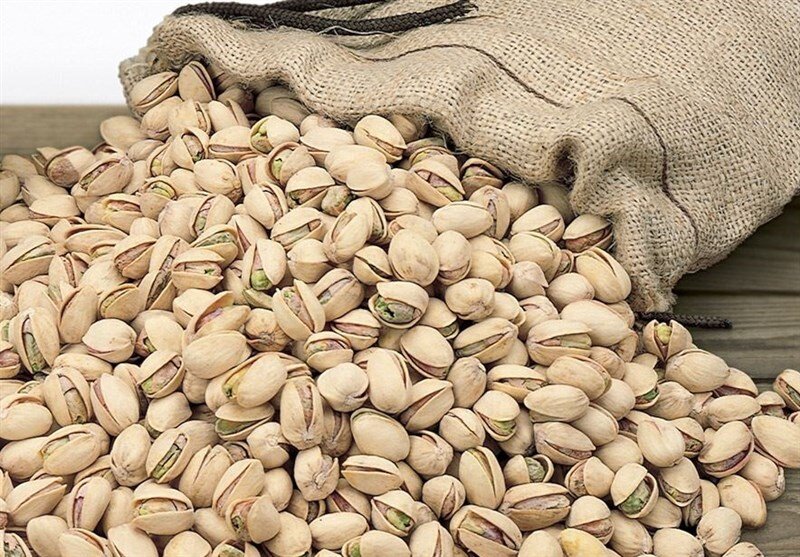Iran’s annual pistachio export to Europe stands at €92m

TEHRAN – Iran exported €92 million worth of pistachios to the European Union members in 2023, according to the data released by the European Union's statistics agency (Eurostat).
Based on the mentioned data, Iran’s pistachio exports to Europe declined 17 percent compared to 2022 when the country had exported €111 million worth of the mentioned product to the union.
Iran was the second biggest exporter of pistachios to Europe in 2023 after the U.S.
Last year, Iran exported €65 million of pistachio nuts and €27 million of shelled pistachios to Europe. Iran's pistachio nut exports also decreased by only four percent, however, the export of shelled pistachios decreased by 37 percent compared to 2022.
Germany was the top importer of Iranian pistachios in Europe during 2023; €49 million of Iran's pistachio exports to Europe in 2023 were destined for Germany. Italy with €7.0 million and Spain with €5.0 million were also among the buyers of Iranian pistachios last year.
The U.S. was the largest exporter of pistachios to Europe in 2023, exporting €640 million of the product to the union. American pistachio exports to Europe decreased by 15 percent this year.
The U.S. had exported €756 million of pistachios to Europe in the previous year.
Turkey has been the third exporter of pistachios to Europe in 2023 with an export of €51 million. Turkish pistachio exports to Europe have decreased by 28 percent this year.
Although Iran is mostly known for its vast hydrocarbon resources, there are some other precious products that people all around the world put the Iranian brand on and appreciate greatly, one such product is Iranian “green gold” or pistachio.
Pistachios production in Iran, however, has decreased in recent years, mainly due to due to water shortage.
Over the past decade, climate change has caused severe drought in Iran, leading to 85 percent of the country being classified as arid or semi-arid. The decline in annual average rainfall and shortage of surface water has forced farmers to dig more wells to pump water from underground reserves.
EF/MA
